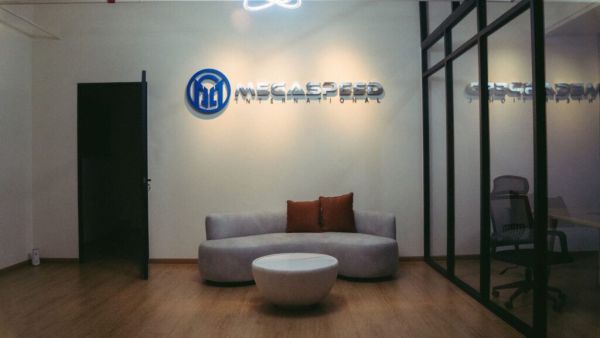
The global battle for technological supremacy, particularly in artificial intelligence (AI), has created an unprecedented economic tension between the United States and China. At the center of this conflict lies Nvidia’s cutting-edge AI accelerators—chips so powerful they are considered strategic national assets.
Following strict US export controls designed to hobble China’s AI and military development, selling flagship chips like the A100 and H100 GPUs to Chinese entities became strictly regulated, if not outright banned. Yet, recent reports suggest these controls have merely birthed a highly profitable grey market, allegedly involving shadowy distributors and transactions valued in the billions.
The focus of the US ban is on high-performance GPUs, specifically the Nvidia A100 and its successor, the H100. These chips are the essential engines for training large language models (LLMs) like those powering ChatGPT and for running massive data centers.
Without access to these top-tier chips, Chinese tech giants like Alibaba, Tencent, and Baidu face a crippling bottleneck in their own generative AI development. Their insatiable demand creates a powerful incentive for middlemen to find ways around the sanctions.
The existence of a substantial grey market is well-known, but recent reports have highlighted the scale and the audacity of the operation. This illicit trade is not small-scale smuggling; it involves sophisticated logistics and staggering volumes, often facilitated by a small number of unauthorized distribution networks.
Nvidia itself has tried to walk a difficult line: complying with US regulations while still serving a vital customer base. In response to the initial bans, Nvidia designed “sanctions-compliant” versions of its chips, specifically the A800 and H800. These chips are intentionally throttled—limiting their inter-chip communication speed (bandwidth)—to fall just below the US government’s performance threshold.
However, even these compliant chips have faced scrutiny, with the US government continually updating and tightening the rules to ensure they cannot be used effectively for the most advanced military or dual-use AI applications.
While the black market allows Chinese firms to acquire crucial hardware, the restrictions still have an effect:
The saga of the banned chips highlights a core dilemma: in an era of globalized manufacturing and overwhelming demand for next-generation technology, regulatory walls are porous, and the financial incentive for shadowy operators often proves more powerful than geopolitical controls.
The reports about this grey market activity paint a picture of extraordinary demand overcoming regulatory obstacles. Would you be interested in exploring the specific technical details of how the compliant chips (like the A800) are throttled compared to the banned chips (A100)?